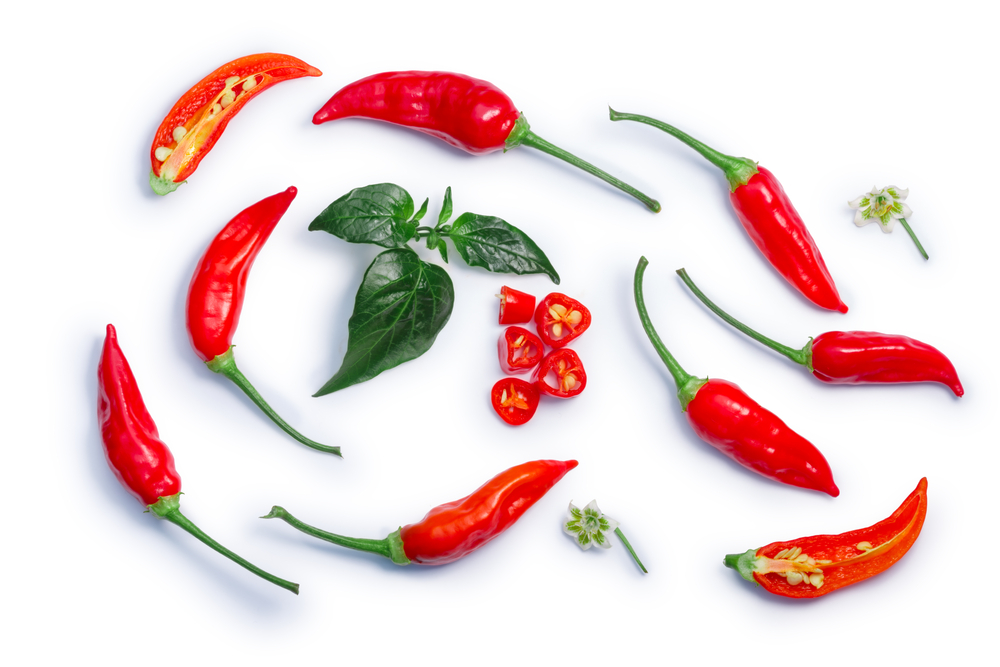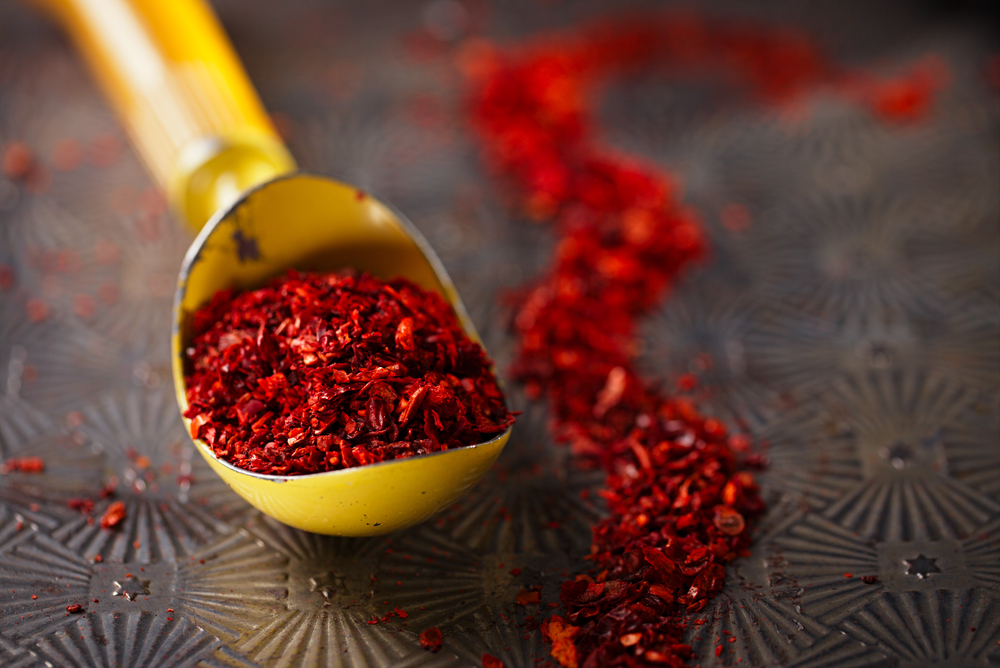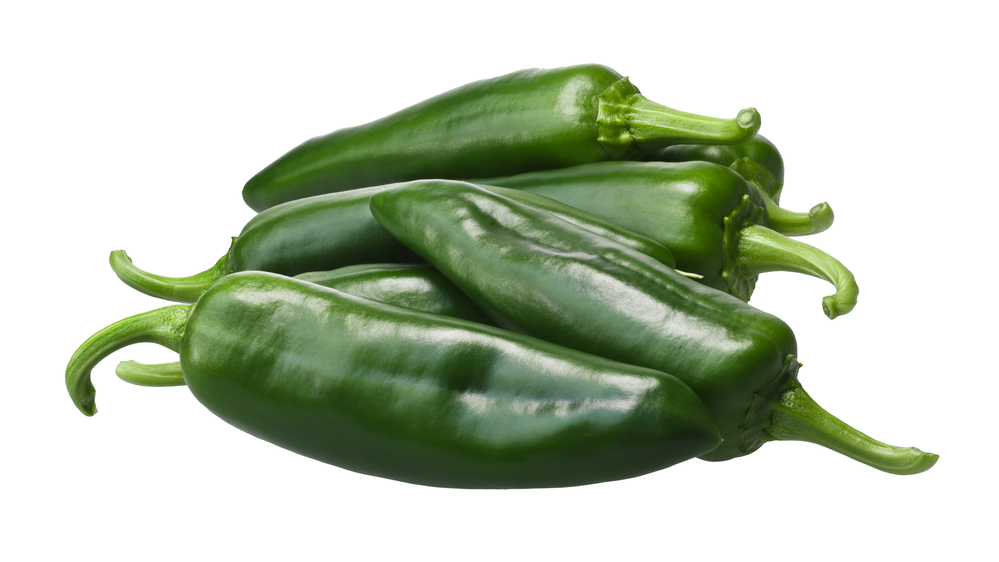Padrón peppers are a popular Spanish ingredient often used in a variety of dishes, from tapas to salads. They are beloved for their unique flavor profile, which can range from mild and sweet to moderately spicy.
However, there may be instances where you don’t have padron peppers readily available or require a substitute for dietary or personal preferences.
In these situations, finding a suitable alternative that maintains the dish’s flavor and texture is essential. This article will explore some of the top padron pepper substitutes available and discuss their similarities and differences, providing guidance on their appropriate uses in recipes.
By understanding the taste profile of padron peppers and the substitutes, you will be able to make an informed decision when selecting the best alternative.
Key Takeaways
- Explore a variety of padron pepper substitutes for versatile recipe adaptation
- Discover the similarities and differences in taste profile and texture
- Learn how to pair substitute peppers with other ingredients for optimal flavor
Understanding Padrón Peppers

Padrón peppers, also known as Capsicum annuum, are a Spanish pepper variety native to the region of Galicia in Northwestern Spain.
They are named after the town of Padrón, which is famed for its cultivation of these spicy and flavorful peppers.
These peppers are typically harvested at different stages of maturity, resulting in a diverse range of flavors and heat levels. Mature peppers boast a spicier taste, while younger padrón peppers are milder and more subtle in flavor.
It is important to note that the heat variance of Padrón peppers is due to the presence of capsaicin, a chemical compound responsible for the spiciness in chili peppers.
Padrón peppers can be cooked in a variety of ways, with a preference for roasting or frying to bring out the best flavors. They are often served as a tapas dish, or appetizer, in Spanish cuisine.
The traditional preparation involves frying the peppers in olive oil and seasoning with coarse sea salt to enhance their natural flavor.
In terms of nutritional value, padrón peppers contain good amounts of vitamin C and antioxidants, making them a healthy choice for those seeking a nutritious and delicious snack or ingredient.
While many regions may not have direct access to authentic padrón peppers, there are several suitable alternatives that can be used as substitutes.
These peppers still provide similar flavors and heat levels, making them a viable choice for those seeking to replicate traditional Spanish dishes or simply enjoy the unique characteristics of this delectable pepper variety.
Taste Profile of Padrón Peppers
Padrón peppers, originating from the Padrón region in Spain, are popular for their distinct flavor profile and unique characteristics. The taste of Padrón peppers can be described as a combination of mild, sweet, and nutty.
These peppers are often enjoyed when they are still green and immature, as they develop a more intense heat as they mature and turn red.
While the majority of Padrón peppers are mild, approximately one in every ten peppers can pack an unexpected punch of spiciness. This unpredictable heat level adds an element of surprise to dishes made with these peppers.
Typically, the smaller Padrón peppers tend to be milder, while the larger ones can be spicier, although this is not always the case. The heat in these peppers is mainly derived from the compound capsaicin, which is responsible for the sensation of spiciness.
In many recipes, Padrón peppers are cooked until they are charred, which adds a smoky flavor and enhances their taste profile. They are often cooked quickly in a hot pan with olive oil and a sprinkle of coarse salt to allow their flavors to shine.
The charred exterior complements the mild-to-spicy interior, creating a perfect balance of flavors.
In summary, the taste profile of Padrón peppers is mainly mild, sweet, and nutty, with the potential for an occasional spicy surprise. Their charred preparation method further contributes to their unique and flavorful qualities.
Choosing the Right Pepper Substitute
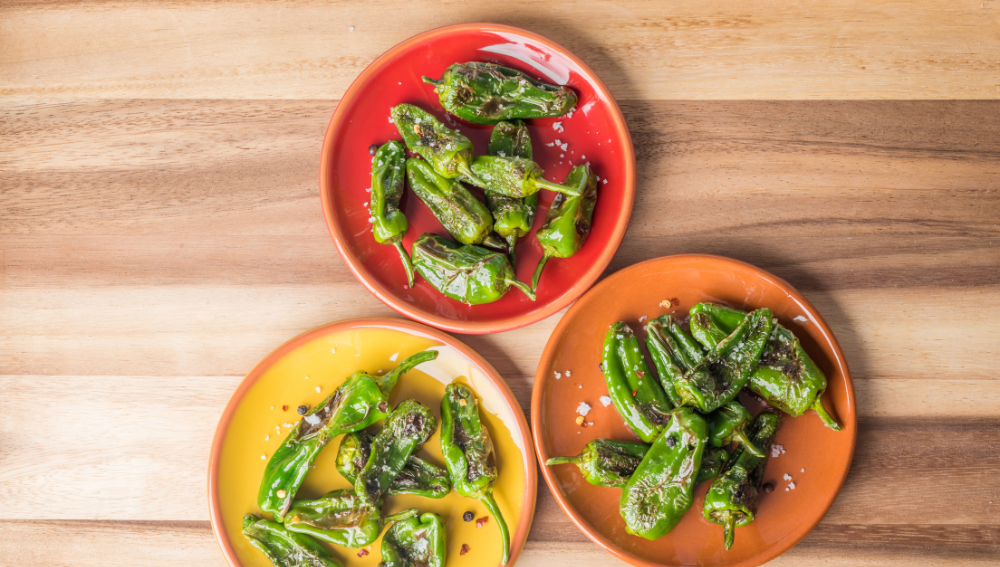
When looking for a padron pepper substitute, it’s important to consider factors such as flavor, heat level, and texture. This will ensure that the replacement is suitable for the intended dish while maintaining the desired taste and characteristics.
One option to consider is the Shishito pepper. Originating from Japan, this pepper is similar in appearance and flavor to padron peppers, albeit slightly sweeter.
Shishito peppers are also relatively mild in heat, with only one in ten being truly spicy.
Another viable substitute is the Pimiento de Padrón pepper, which is actually a distant relative of the padron pepper. Originating from Spain, this pepper shares a resemblance in shape and size, as well as a comparable flavor profile.
The heat level of Pimiento de Padrón peppers can vary, but they are usually mild.
When choosing a pepper substitute, it’s also essential to inspect the peppers for any blemishes, which could indicate less-than-ideal quality. Healthy peppers should have a smooth surface, free of any dark spots, cuts, or wrinkles.
The stems can provide additional clues regarding the freshness of a pepper. Fresh peppers will have vibrant green stems that are firm to the touch. A wilted or discolored stem may signal that the pepper is past its prime.
Selecting an appropriate pepper substitute can be simplified using the following table:
| Pepper Substitute | Flavor | Heat Level | Origin |
|---|---|---|---|
| Shishito | Mild, slightly sweet | Mild | Japan |
| Pimiento de Padrón | Similar to padron | Varies, mostly mild | Spain |
By taking the time to carefully choose the right pepper substitute, one can achieve the desired flavor and texture in the dish without compromising on taste or presentation.
Top Padrón Peppers Substitutes
Shishito Peppers
Shishito peppers are a popular and suitable substitute for Padrón peppers. They offer a similar mild flavor and appearance, making them an excellent alternative in many recipes.
Although shishito peppers can vary in heat level, most are mild and sweet, making them compatible with the Padrón pepper profile. An added advantage is their thin skin, which allows for easy cooking and blistering, just like Padrón peppers.
Chili Peppers
For those looking for a bit of heat, chili peppers can also be used as a Padrón pepper substitute. There are countless varieties of chili peppers with a range of heat levels, so it’s essential to select one that matches the desired spiciness.
If aiming for a milder taste, opt for chili pepper varieties such as jalapeños or serranos. These peppers may not have the same sweetness as Padrón peppers, but they can still provide an enjoyable flavor and texture in many dishes.
Anaheim Peppers
Anaheim peppers are another suitable option for replacing Padrón peppers in recipes. These elongated, mild chilies offer a similar flavor profile and can be used in various dishes.
Although they are slightly larger than Padrón peppers, which may require adjustments in cooking techniques, they still make an effective substitute.
Anaheim peppers can be found in many supermarkets and are versatile enough to be used in various cuisines.
Cubanelle Peppers
Cubanelle peppers, also known as Italian frying peppers, are another alternative to Padrón peppers. These slender, sweet peppers share a similar appearance and taste, making them an excellent option for substituting in recipes.
They are easy to cook and can be used raw, sautéed, or stuffed. Cubanelle peppers have a mild heat level, which means they provide a similar experience to Padrón peppers without overpowering the dish with spiciness.
Using Substitutes in Recipes
Using Olive Oil and Lemon
One versatile option when looking for a Padron peppers substitute is to use olive oil and lemon. These ingredients can be combined and used as a simple dressing for various peppers or even roasted vegetables.
To achieve a similar flavor profile to Padron peppers, first toss your choice of peppers or vegetables in olive oil, lemon juice, and a pinch of sea salt.
Then, either cook them in a cast-iron skillet, grill them in the oven, or use another preferred cooking method. This technique can be easily incorporated into various recipes and offers a confident and savory alternative.
Cooking in a Cast-iron Skillet
Another key aspect to consider when using substitutes for Padron peppers in recipes is employing the proper kitchen equipment.
A cast-iron skillet is an excellent choice as it distributes heat evenly, ensuring that the peppers and other ingredients cook uniformly.
To use a cast-iron skillet, simply heat it on medium-high, then add your Padron pepper substitutes, such as shishito or Anaheim peppers.
Cook the peppers, turning occasionally until they are evenly blistered, and finish with a sprinkle of sea salt.
The skillet’s high heat will result in a similar texture to Padron peppers and infuse the dish with an authentic smoked flavor.
Grilling Peppers in the Oven
Finally, grilling your pepper substitutes in the oven is another useful technique that can mimic the taste and texture of Padron peppers.
Preheat your oven’s broiler, place the peppers on a baking sheet, and drizzle them with olive oil, lemon juice, and sea salt.
Broil the peppers for about 5-10 minutes, turning them occasionally to ensure even cooking. The high heat from the oven’s broiler will yield a crispy exterior similar to that of Padron peppers, providing a clear and satisfying substitute in various recipes.
Pairing Pepper Substitutes with Cheeses
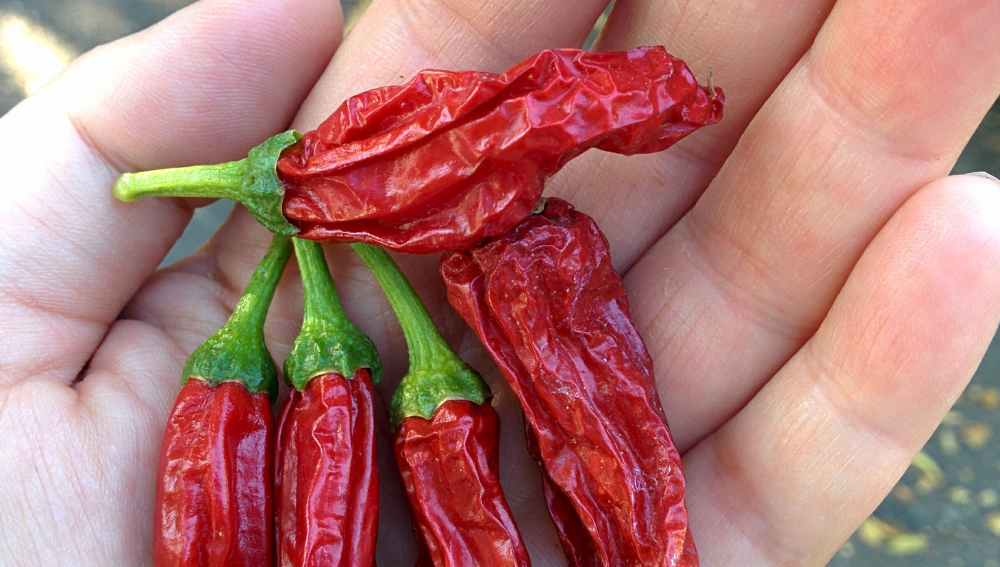
When hosting a dinner party or preparing a delicious appetizer, pairing pepper substitutes with cheeses can enhance the flavors and take your dishes to the next level.
In this section, we will explore some ideal combinations and suggestions for matching pepper substitutes with cheeses.
Tetilla cheese, a creamy and mild Spanish cheese, pairs exceptionally well with sweet pepper substitutes like piquillo or Anaheim peppers.
These peppers provide a subtle heat and sweetness that complements the smooth and delicate flavors of tetilla cheese.
Another popular cheese for pepper pairings is goat cheese. Its tangy and earthy flavors contrast nicely with the mild spice of jalapeño or poblano peppers.
Stuffed jalapeño peppers with goat cheese make a delightful snack or appetizer for your guests to enjoy.
For fans of bolder flavors, blue cheese and spicy pepper combinations can provide an exciting contrast in taste and texture.
Try mixing crumbled blue cheese with sliced serrano or crushed red pepper flakes to create a unique topping for a salad or a flavorful spread for crackers.
In addition to these specific cheese and pepper pairings, consider the following guidelines when experimenting with your combinations:
- Mild cheeses such as brie, mozzarella, or havarti work best with milder pepper substitutes like bell peppers, piquillo, or shishito peppers.
- Medium-strength cheeses like cheddar, gouda, or fontina complement moderately spicy pepper options such as banana or poblano peppers.
- Bold cheeses such as gorgonzola, stilton, or aged gouda can hold their own when paired with spicier pepper varieties like jalapeño, cayenne, or Thai bird’s eye peppers.
Keep these guidelines and pairings in mind as you create flavorful appetizers and snacks for your next dinner party or gathering.
With the right combination of cheese and pepper substitutes, you’ll be sure to impress your guests with your culinary skills.
Peppers in Different Cuisines
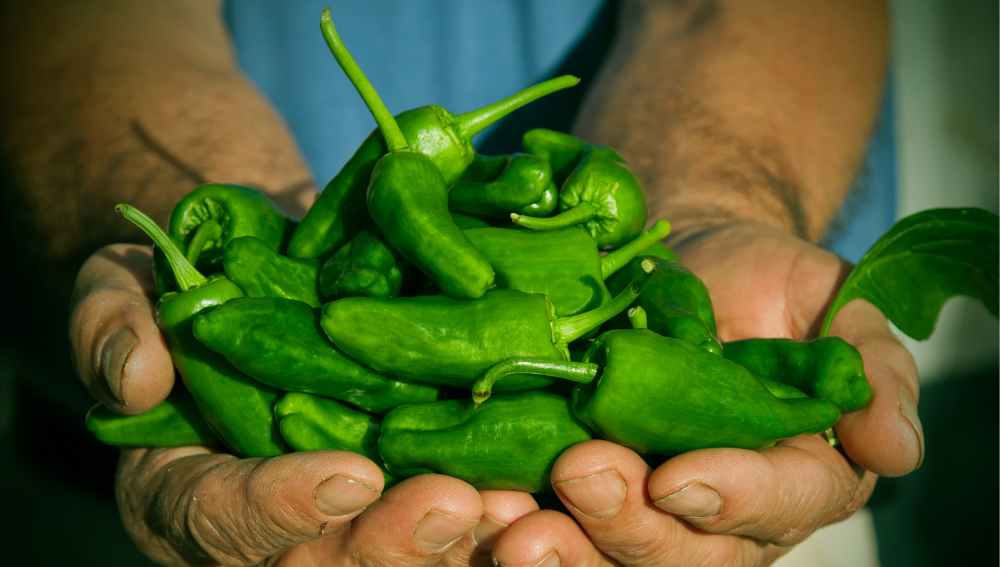
Peppers are a versatile vegetable, used in various cuisines all around the world. They come in different shapes, sizes, colors, and heat levels, which make them perfect for various dishes.
In Mexican cuisine, peppers play a significant role in many recipes. Mexican dishes are known for their spicy flavors, and peppers help achieve that heat.
Jalapeños, serranos, and Poblanos are just a few of the peppers commonly used in Mexican cooking. They are often added to dishes like enchiladas, tacos, and salsas to provide a distinct taste and heat.
Made in Spain, Padron peppers are a popular tapas dish often served in restaurants. These small, green peppers are usually fried and seasoned with salt.
They have a mild and unique flavor compared to other peppers, which makes them a great ingredient for various dishes.
They are known for their occasional heat, as some Padron peppers can be spicier than the others.
Many other cuisines also incorporate peppers as a key ingredient. In Italian cuisine, bell peppers are frequently used in dishes such as pasta, risotto, and pizza. Their sweet, mild flavor adds a touch of freshness to the dishes.
In Indian cuisine, peppers are commonly used in various spice blends, like curry powders, and in different vegetarian and meat-based dishes. Indian cooking uses both fresh and dried peppers, which can vary in heat from mild to extremely spicy.
Here is a list of some popular peppers and their heat levels:
- Bell peppers (Mild)
- Poblano peppers (Mild to medium)
- Anaheim peppers (Mild to medium)
- Jalapeño peppers (Medium)
- Serrano peppers (Medium to hot)
- Thai bird’s eye chilies (Hot)
- Habanero peppers (Very hot)
- Ghost peppers (Extremely hot)
In conclusion, peppers are an essential ingredient in various cuisines worldwide. They offer distinctive flavors and heat levels, which play a vital role in shaping the taste and character of numerous dishes.
Padron peppers, while made popular in Spanish tapas, can be substituted with other peppers depending on the dish and desired heat level.
Frequently Asked Questions
What are some common alternatives to Padrón peppers?
There are several alternatives to Padrón peppers, including Shishito peppers, jalapeños, Anaheim peppers, and Cubanelle peppers. Each pepper has its unique attributes and may lend a slightly different flavor and heat level to dishes.
When substituting Padrón peppers, consider your desired heat and flavor profile to make the best choice.
Can Shishito peppers be used in place of Padrón peppers?
Yes, Shishito peppers can be used as a substitute for Padrón peppers, especially in dishes that call for frying or roasting.
Shishito peppers are mild, slightly sweet, and occasionally spicy, making them similar to Padrón peppers in terms of heat level and flavor.
However, they are usually thinner and longer compared to Padrón peppers.
How do jalapeños compare to Padrón peppers?
Jalapeños are generally spicier than Padrón peppers, with a heat level ranging from 2,500 to 8,000 Scoville Heat Units, while Padrón peppers measure around 500 to 2,000 Scoville Heat Units.
Jalapeños can be a suitable substitute for those desiring a spicier dish. They can be used in similar preparations as Padrón peppers, such as frying, roasting, or grilling.
Which peppers are similar in flavor to Padrón peppers?
In terms of flavor and heat level, Shishito peppers or Anaheim peppers can be a good match for Padrón peppers.
Shishito peppers have a mild, slightly sweet flavor, and they occasionally exhibit a spicy kick. Anaheim peppers provide a similar sweet taste but are slightly spicier than Padrón peppers.
Are there any less spicy substitutes for Padrón peppers?
For a less spicy substitute, consider using Cubanelle peppers or sweet mini bell peppers. Cubanelle peppers are mild, sweet, and have a crunchy texture, making them an excellent addition to salads or stir-fries.
Sweet mini bell peppers offer a range of colors and mild flavors, suitable for stuffing, grilling, or eating raw in salads.
What peppers can be used to replicate Padrón pepper dishes?
To replicate dishes that use Padrón peppers, opt for Shishito peppers, Anaheim peppers, or jalapeños based on your preferred heat level.
These peppers can be used in similar cooking methods, such as frying, roasting, grilling, or stuffing. Adjust the amount and heat level as desired to create an enjoyable dish.





